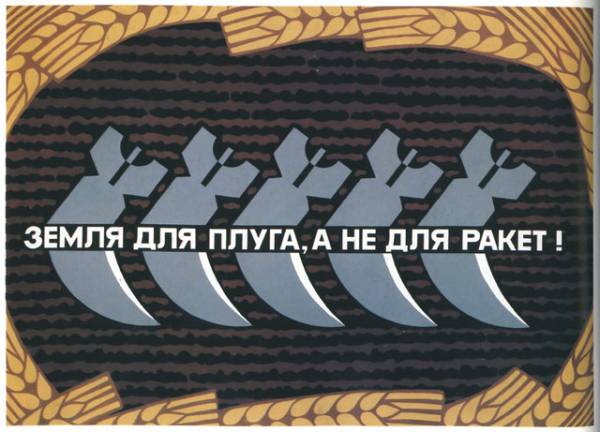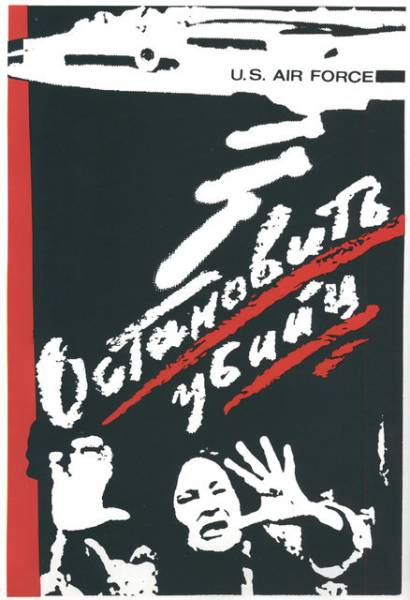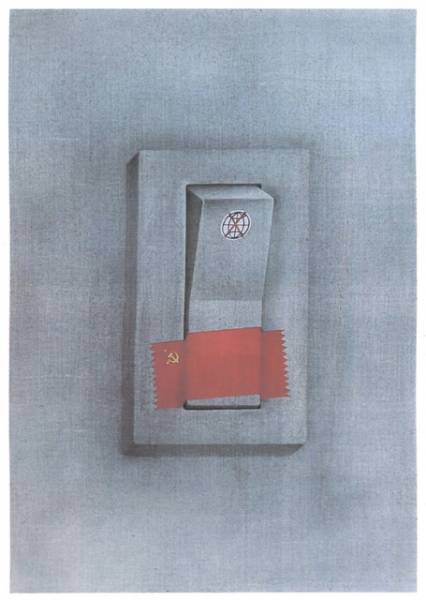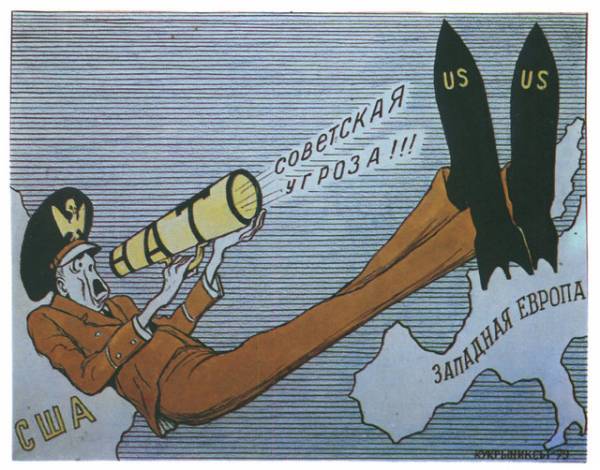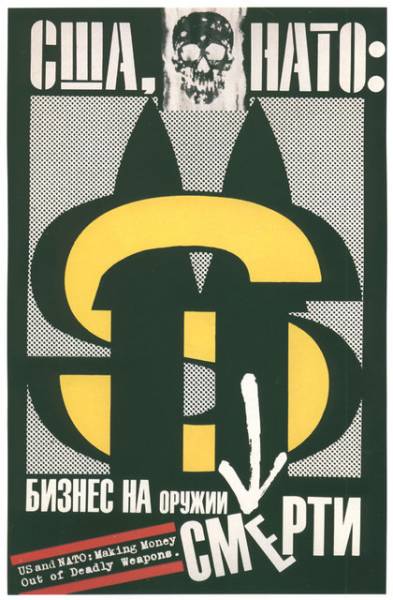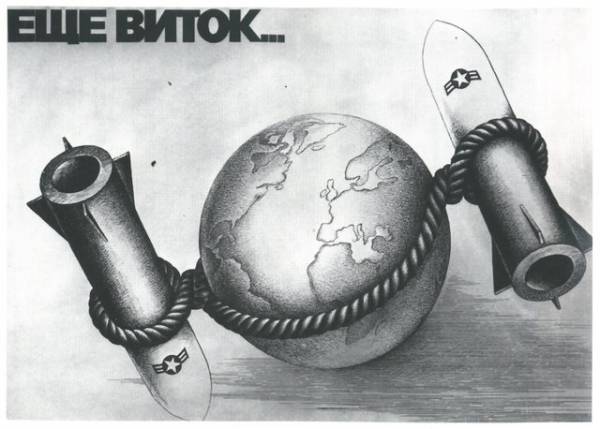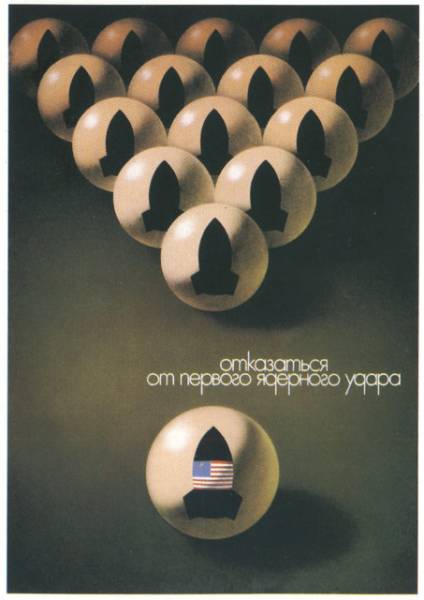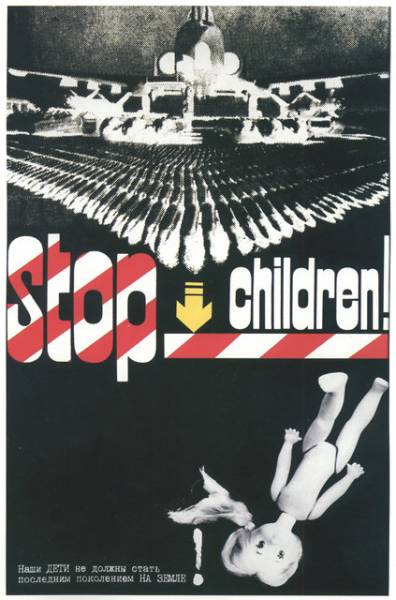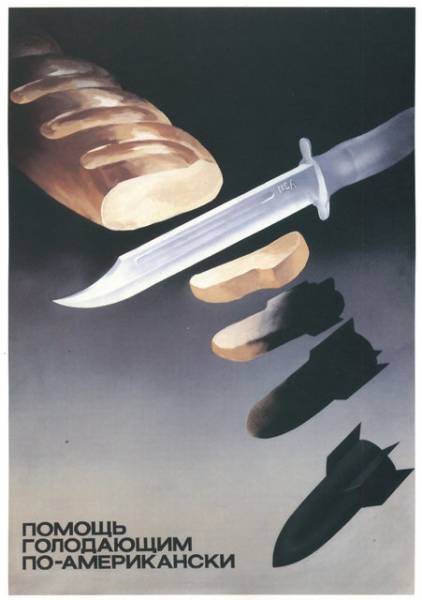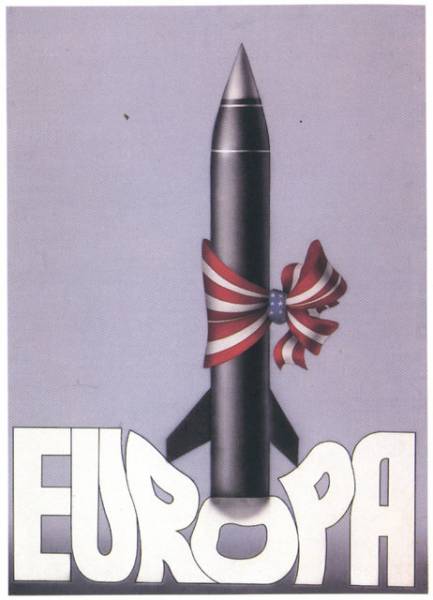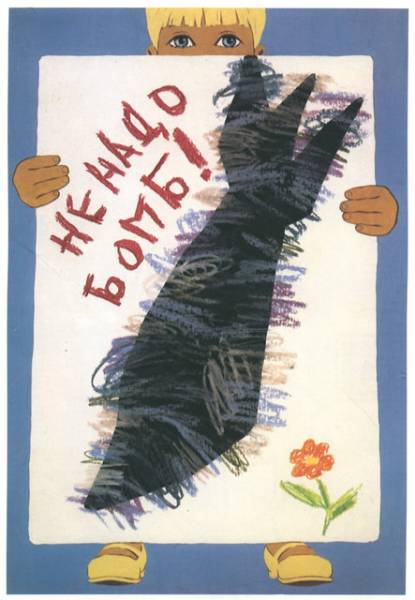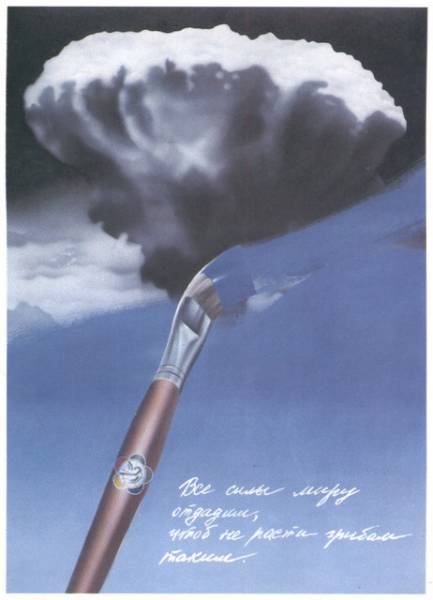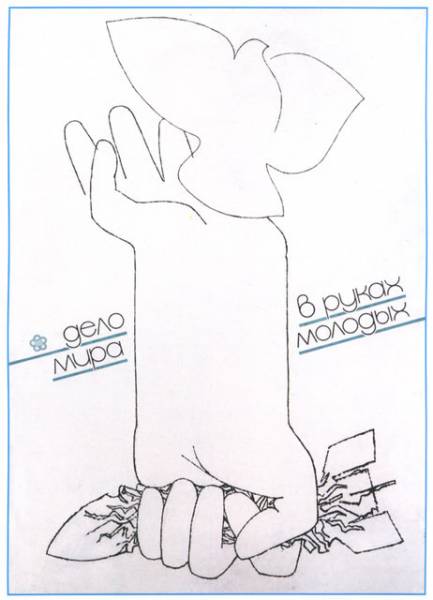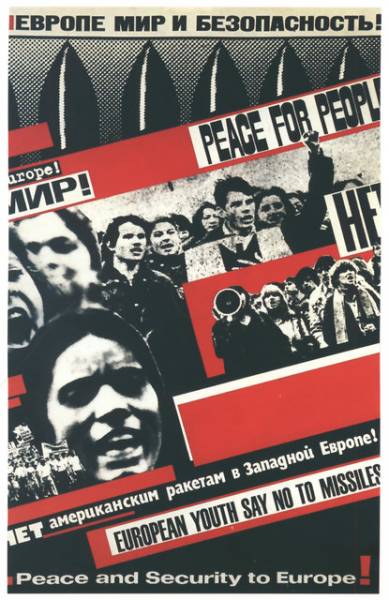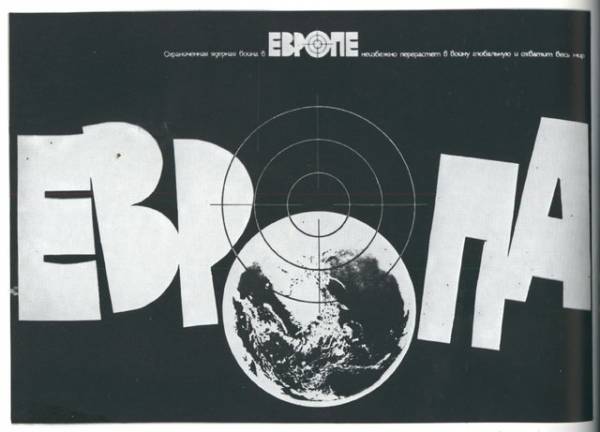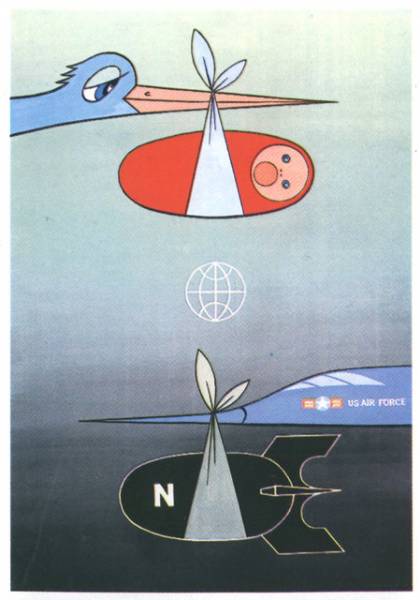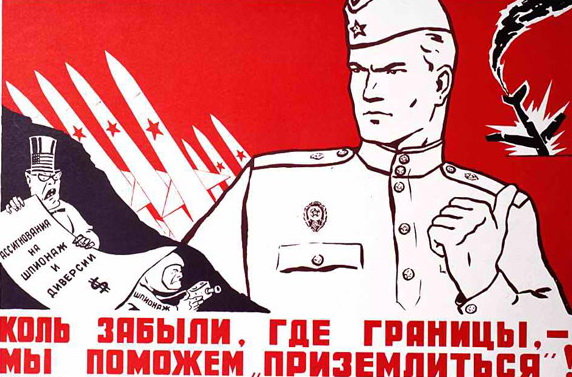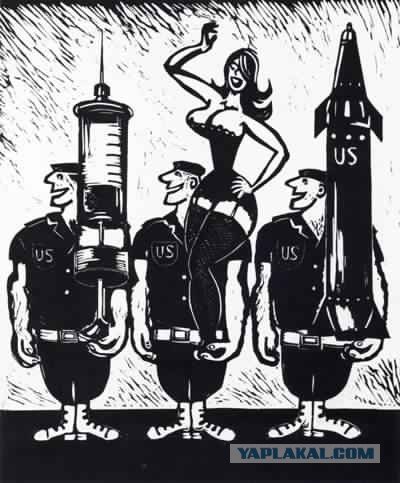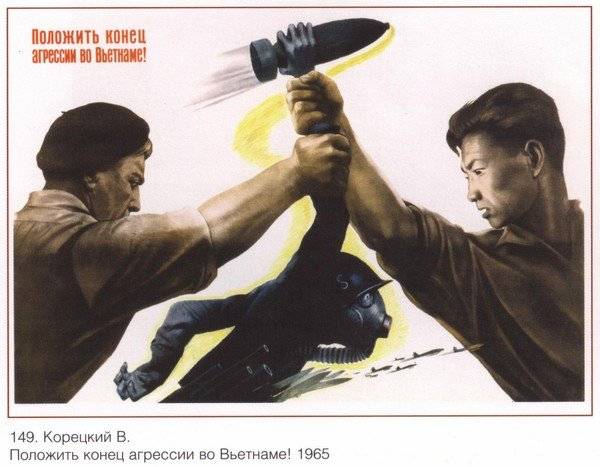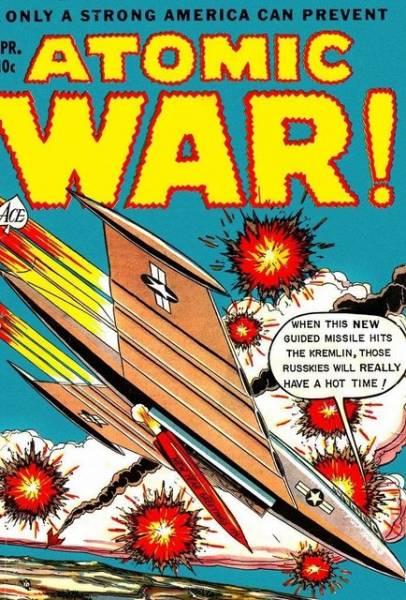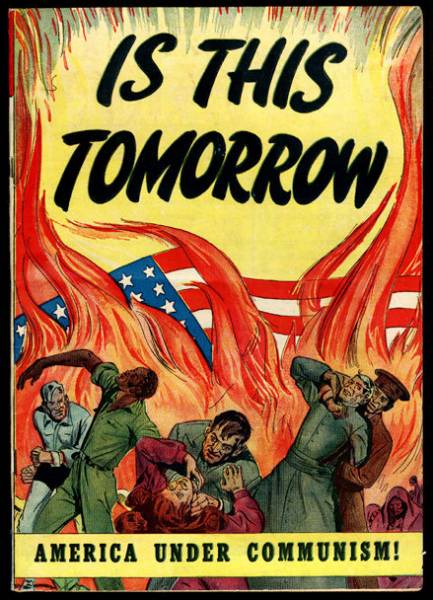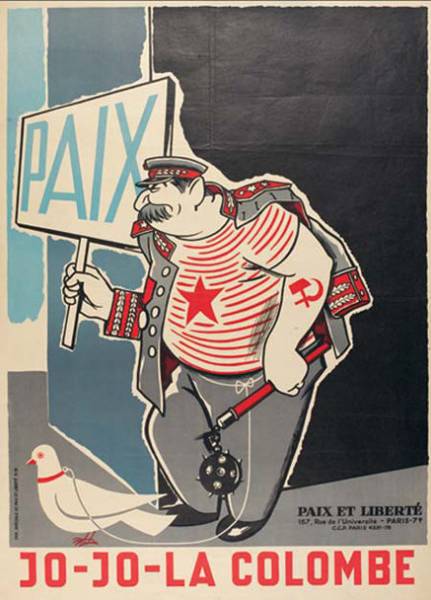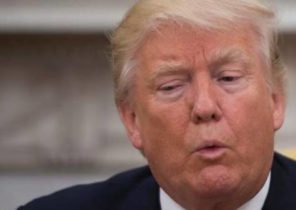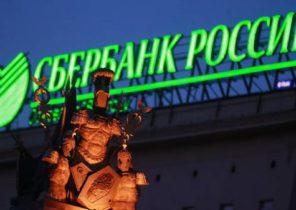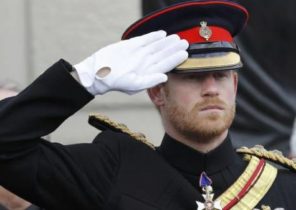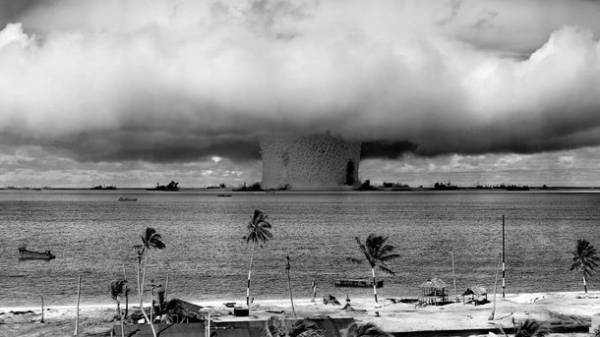
Recently North Korea has threatened to turn the US into ashes. The DPRK continues to conduct missile tests despite the prohibitions of the security Council of the UN. In response, the States sent to the Korean Peninsula strike group of the Navy. America’s declared willingness to launch a preemptive strike on North Korean military targets if Pyongyang decides on yet another nuclear test. His pre-emptive strike intimidated and North Korea, accusing Washington in the deployment of the Third world war. The website “Today” has collected the cases when the world is threatened with nuclear conflict.
The cold war, 1946-1989
The opposition of the socialist countries and the West was accompanied by the arms race. In 40-ies of the nuclear bomb was only in the States. But in 1949 the Soviet Union conducted its first nuclear test in Kazakhstan. In 1957, the NATO Council approved the deployment of us nuclear weapons for deterrence of the Soviet Union in Britain, Italy, Turkey and the Federal Republic of Germany.
Generations of Americans and Soviet people during the Cold war grew up with the knowledge that at any moment could start a nuclear war. To accustom citizens to the idea and at the same time to reassure them, the governments of both countries produced educational films on the topic.
The threat of nuclear war was reflected in the film States. In 1951 in the United States comes the film “Five.” The plot on America enemies dropping of the atomic bomb and the existence of the country and its inhabitants is threatened. In spite of the difficulties five of the Americans trying to start a new life. Mutual nuclear threats have become a subject for anti-war film “security System” (1964), where a technical failure in the management of American aircraft, despite the direct telephone conversations between the leaders of the United States and the Soviet Union, leading to the atomic bombing of Moscow and new York. In 1986, “thumbnail” produces a picture of “Letters from a dead man.” The tape describes the consequences of an accidental nuclear explosion on an American military base.
- Totsky exercises, 1954
In the early 50’s was seriously preparing for a Third world war. Following the U.S. test in the USSR also decided to test a nuclear bomb in an open area. The exercise — in the Orenburg steppe — was chosen because of the similarities with Western European landscape. The objective of the exercises was to simulate the breakthrough capabilities of the enemy using nuclear weapons.
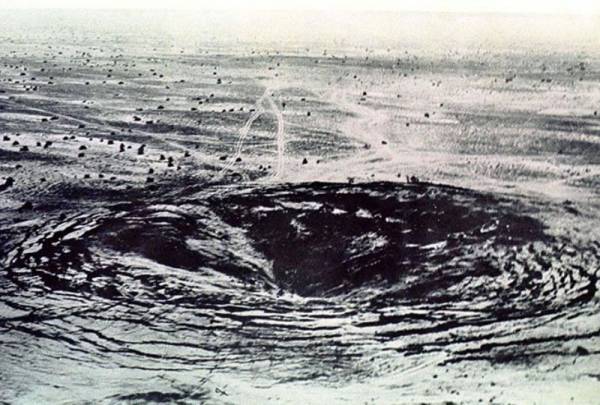
Crater from the explosion of the atomic bomb on Totsky range. Photo: politforums.net
In 1993 he filmed a top secret with some of the Soviet documents. It turned out that as a result of nuclear weapons testing on September 14, 1954, 45,000 soldiers and 10,000 civilians were subjected to nuclear irradiation.
- The Cuban missile crisis, 1962
The closest to a nuclear war, mankind stood during the Cuban missile crisis of 1962. The conflict began after the United States deployed in Turkey’s medium-range missiles “Jupiter”. The warheads could reach Moscow and industrial centers of the Union. In response, the Soviet Union placed military units with nuclear weapons, ballistic and tactical missiles off the coast of the United States – in Cuba.
15 October 1962 an American spy plane U-2 found in Cuba part of the Soviet nuclear missiles. This marked the beginning of the Caribbean crisis during which the world was on the verge of 3rd world war.
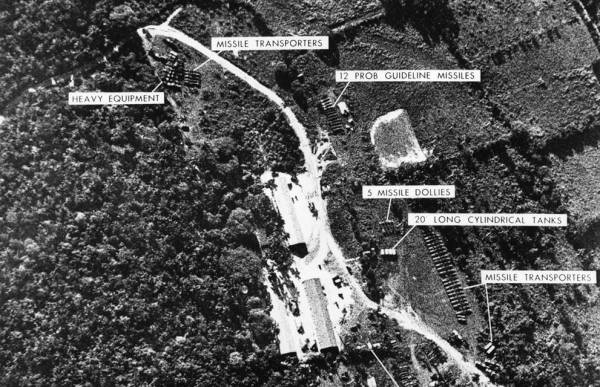
Photograph of Soviet missile bases in Cuba, which was used as evidence during a meeting of the UN security Council during the Cuban missile crisis, 24 October 1962. Photo: photochronograph.ru
The national security Council, the United States suggested Kennedy’s three choices: destroy missile precision strikes, to conduct a full-scale military operation in Cuba or to impose a naval blockade of the island. Congress insisted on the invasion of the island and encouraged the U.S. government to intervene. The President criticized the idea of military conquest. Kennedy feared that the response will lead to escalation of the conflict and spread to the continent or Europe. As a result, States decided on a naval blockade of Cuba. To Liberty Island went armed ships. Khrushchev decided not to go for confrontation and announced the members of the Bureau that “it is impossible to store missiles in Cuba, not engaging in a war with the United States.” At the meeting it was decided to invite the Americans to withdraw the missiles in exchange for guarantees to stop trying to change the political system on the island.
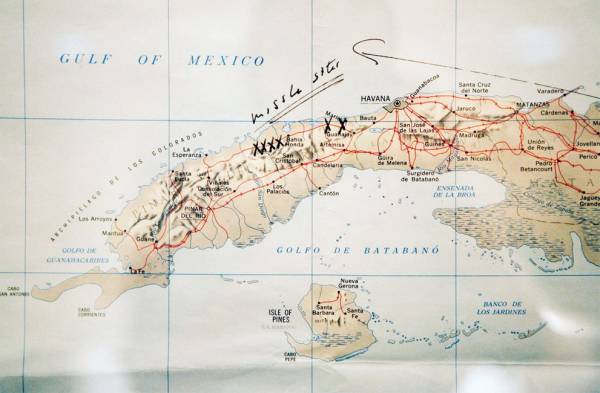
Map of Cuba, with notes of U.S. President John F. Kennedy Library John F. Kennedy in Boston, Massachusetts. Crosses marked Soviet missile base. Photo: photochronograph.ru
Saturday, October 27, Soviet air defense destroyed flying over Cuba spy plane U-2. On the same day, another U-2 flew for routine air sampling to the North pole, but strayed off course and entered into Soviet airspace. To intercept it raised two pairs of MiG. In the end, the pilot turned back and under the supervision of the MiGs left the country’s airspace. These cases forced the Soviet Union and the United States to lead an army in full readiness. But in the end, Kennedy agreed to withdraw ships from Cuba and the guarantee of non-aggression to the island in exchange for the withdrawal of Soviet units.
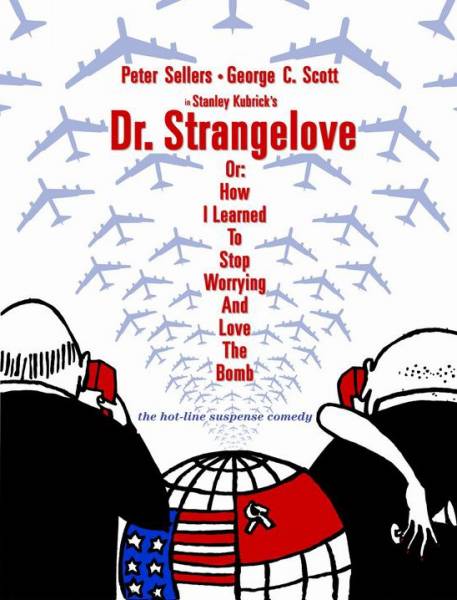
“Dr. Strangelove or: How I learned to stop worrying and love the bomb” – the poster of the 1964 film Director Stanley Kubrick at the height of the Cold war, little more than a year after the Cuban missile crisis as anti-militarist satire on military programs of the US government of that time and the arms race in General
In 1969, on the subject of the Cuban missile crisis, Alfred Hitchcock made the film “Topaz”. In 2000, at the world screens out the film “Thirteen days”.
.
In 1973 the Minister of defense posted Slazenger put forward a doctrine of “bespalaya strike.” This approach involves the defeat of the command centers to the moment that the enemy will make a decision about a retaliatory strike. On this basis, the United States and NATO countries began the modification of the nuclear weapons deployed in Western Europe.

Soviet and American posters during the Cold war
Soviet and American posters during the Cold war
Soviet and American posters during the Cold war
Soviet and American posters during the Cold war
Soviet and American posters during the Cold war
Soviet and American posters during the Cold war
Soviet and American posters during the Cold war
Soviet and American posters during the Cold war
Soviet and American posters during the Cold war
Soviet and American posters during the Cold war
Soviet and American posters during the Cold war
Soviet and American posters during the Cold war
Soviet and American posters during the Cold war
Soviet and American posters during the Cold war
Soviet and American posters during the Cold war
Soviet and American posters during the Cold war
Soviet and American posters during the Cold war
Soviet and American posters during the Cold war
Soviet and American posters during the Cold war
Soviet and American posters during the Cold war
Soviet and American posters during the Cold war
Soviet and American posters during the Cold war
Soviet and American posters during the Cold war
Soviet and American posters during the Cold war
Soviet and American posters during the Cold war
Soviet and American posters during the Cold war
Soviet and American posters during the Cold war
Soviet and American posters during the Cold war
Soviet and American posters during the Cold war
Soviet and American posters during the Cold war
In 1981 the Soviet intelligence services began operation of a nuclear missile attack surveillance for the possible development of the NATO countries by the beginning of limited nuclear war in Europe. Anxiety of the Soviet leadership called NATO exercise Able Archer 83 — Soviet Union feared that under the guise of NATO is preparing to launch nuclear missiles, located in Western Europe.. Similarly in 1983-1986 military analysts of the NATO countries feared that the Soviet Union inflict a preemptive “disarming” impact on the ground-based warheads. The risk of conflict persisted until 1987, when the USSR and the USA agreed to destroy missiles and medium-range missiles.
Korean war, 1950-1953
In June 1950 North Korean troops invaded South Korea. The USSR and the USA supported the country’s weapons, however, are in conflict and did not engage. Both sides did not want nuclear war. However, the General of the air force States Vandenberg was instructed to prepare a nuclear attack on Siberia, if the Soviet Union would come into conflict. The USSR directly in the war did not participate, but pushed China. During the Korean war of 1950-1953, the United States planned to drop Pyongyang and its surroundings seven nuclear warheads. Conflict without nuclear weapons, but in 1958, the United States placed nuclear warheads in South Korea. They were removed only in 1991.
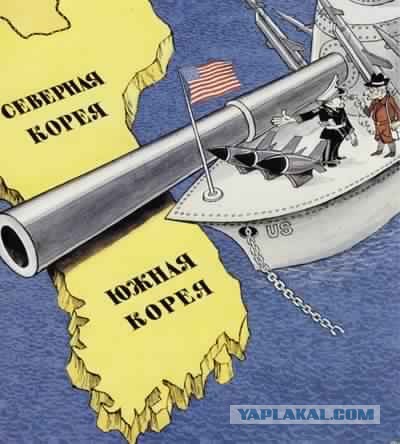
Soviet poster during the Korean war. Photo: yaplakal.com
Modern threats of nuclear war
Over the past 10 years, North Korea has conducted five nuclear weapons tests. During the last launch, the rocket exploded upon launch. But it is not known what sort of warhead. Estimated intelligence and analysis company Stratfor, North Korea will not be able to resist the US missile strikes – they will not reach the North American continent. But the North Koreans in developing a nuclear missile Taepodong-2. She can fly to Alaska, Canada and to Central Europe. Existing missiles threaten South Korea, with which North Korea has still not concluded a peace Treaty after the 1950-1953 war After the recent tests of North Korea, the situation on the Peninsula escalated. Washington and Pyongyang promise to use nuclear weapons. So, on the 105th anniversary of the birth of Kim Jong-UN, the first Chairman of the workers ‘ party of Korea on North Korean television showed video of the destruction with missiles of the United States. And on April 23, North Korea has threatened to target nuclear missiles at Canberra, if it will “emulate the United States in trying to isolate and put pressure on the DPRK.” On the eve of threats by the Minister of foreign Affairs of Australia Julie Bishop said that the DPRK’s nuclear programme is a threat to her country. In addition, she noted the need to extend sanctions against Pyongyang and called on China to increase diplomatic and economic pressure on the regime of Kim Jong-UN.
Officially the world’s eight countries with nuclear weapons, presumably of the ninth can be Israel. In 1970, most countries of the world signed the Treaty on the nonproliferation of nuclear warheads, except for Israel, India, North Korea and Pakistan. For the first time India has secretly tested nuclear weapons in 1974 and 1998 nuclear bomb detonated rival India — Pakistan. North Korea – in 2006. India were trying to defend themselves against China, Pakistan — India, and North Korea — from all around, and primarily from the United States.
Since 1947 between India and Pakistan ongoing conflict over Kashmir district. Because both countries have nuclear weapons, there is a threat of its application. Also since the founding of the Israel conflict with Palestine in Gaza and the West Bank of the Jordan river. In addition, the country participates in the fight against the terrorist organization ISIS and the Assad regime in Syria.
Nuclear war possible between Russia and the United States. In military conflicts in the world countries support opposing sides.Russia in Syria on the government side, Assad, USA – for the opposition. In Kashirskoe conflict States support and supply arms to Pakistan, and Moscow – India. And on April 19 the Russian Federation has blocked a statement of UN Security Council condemning the recent missile tests of the Democratic people’s Republic.
